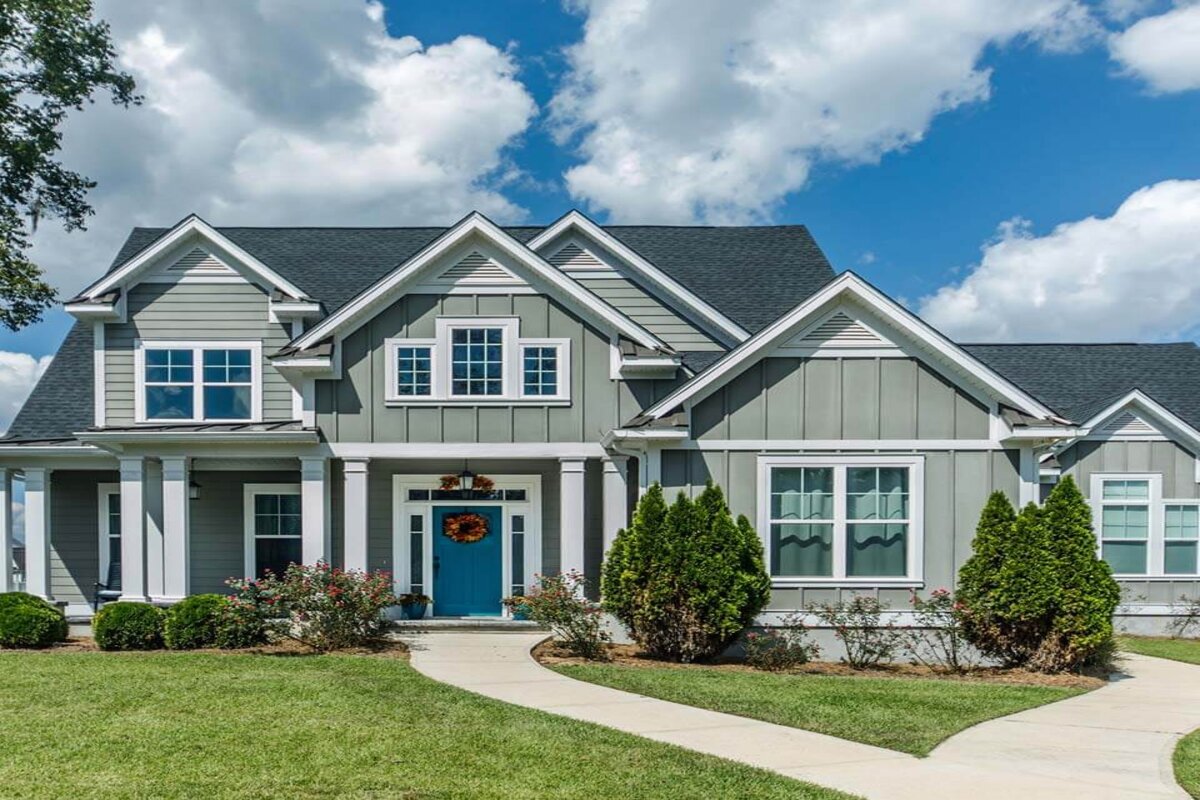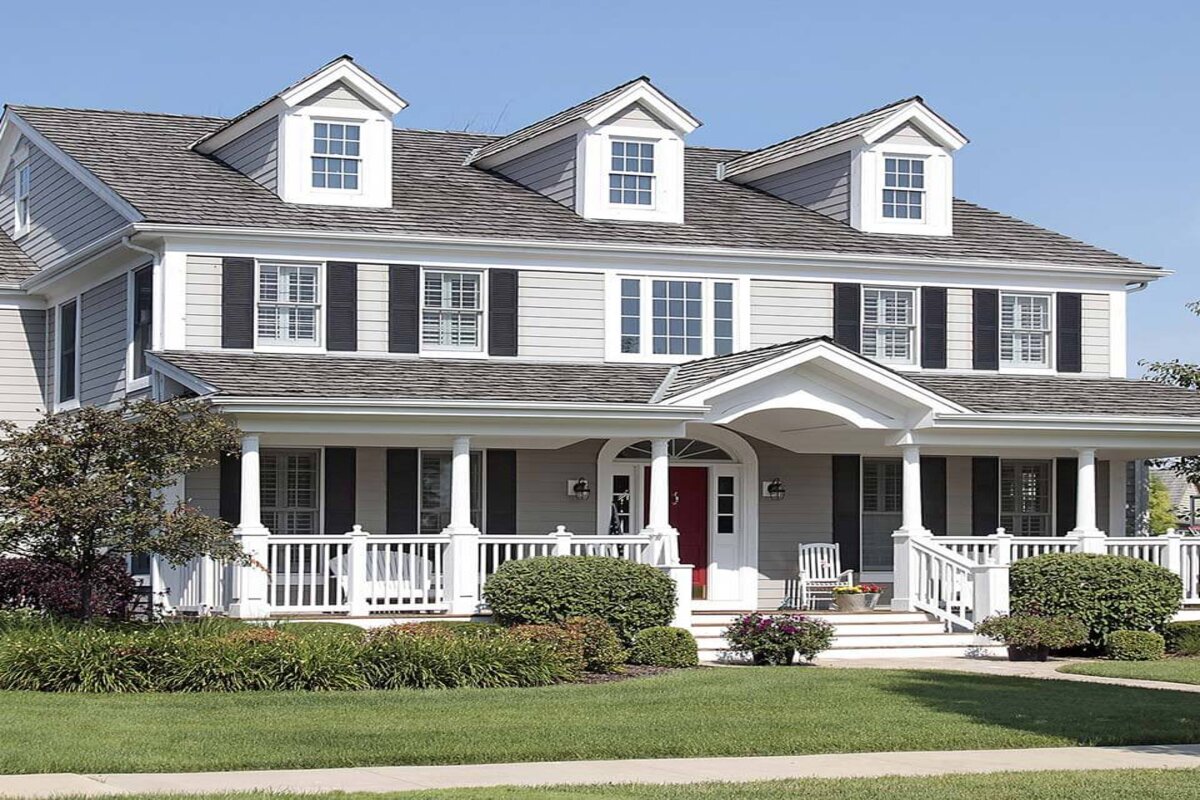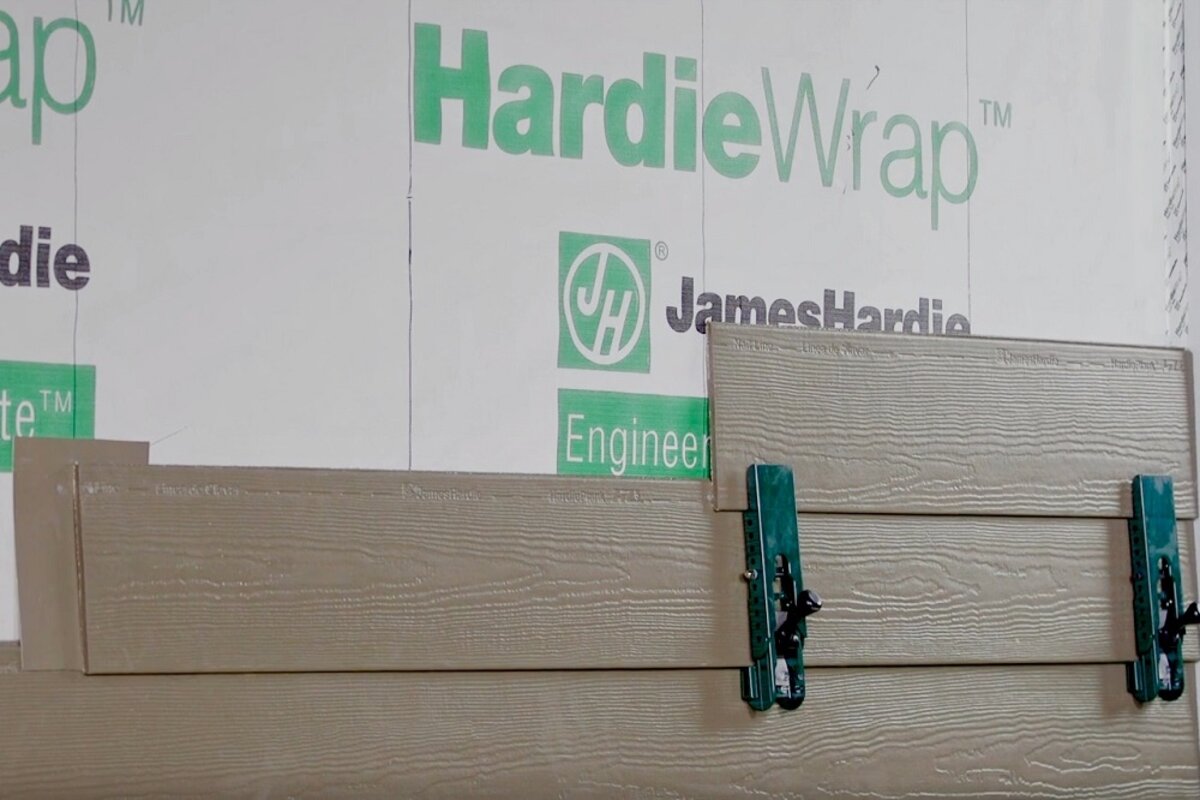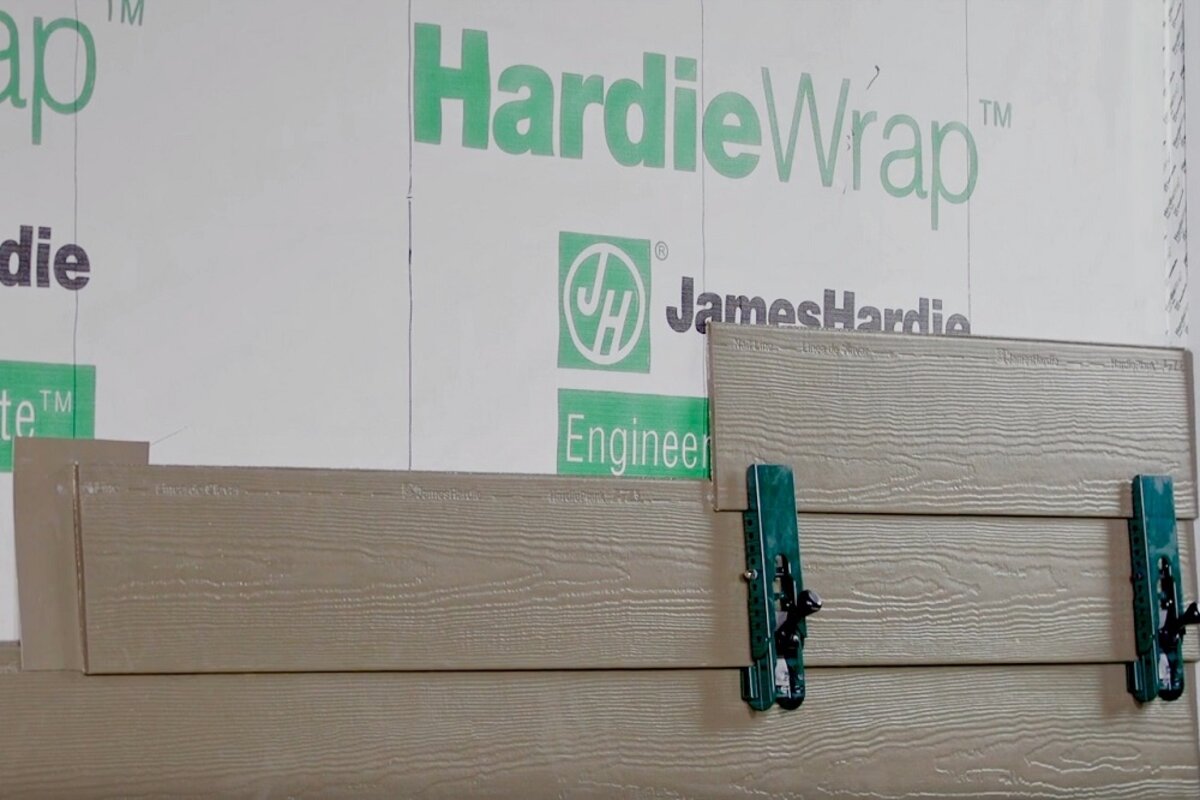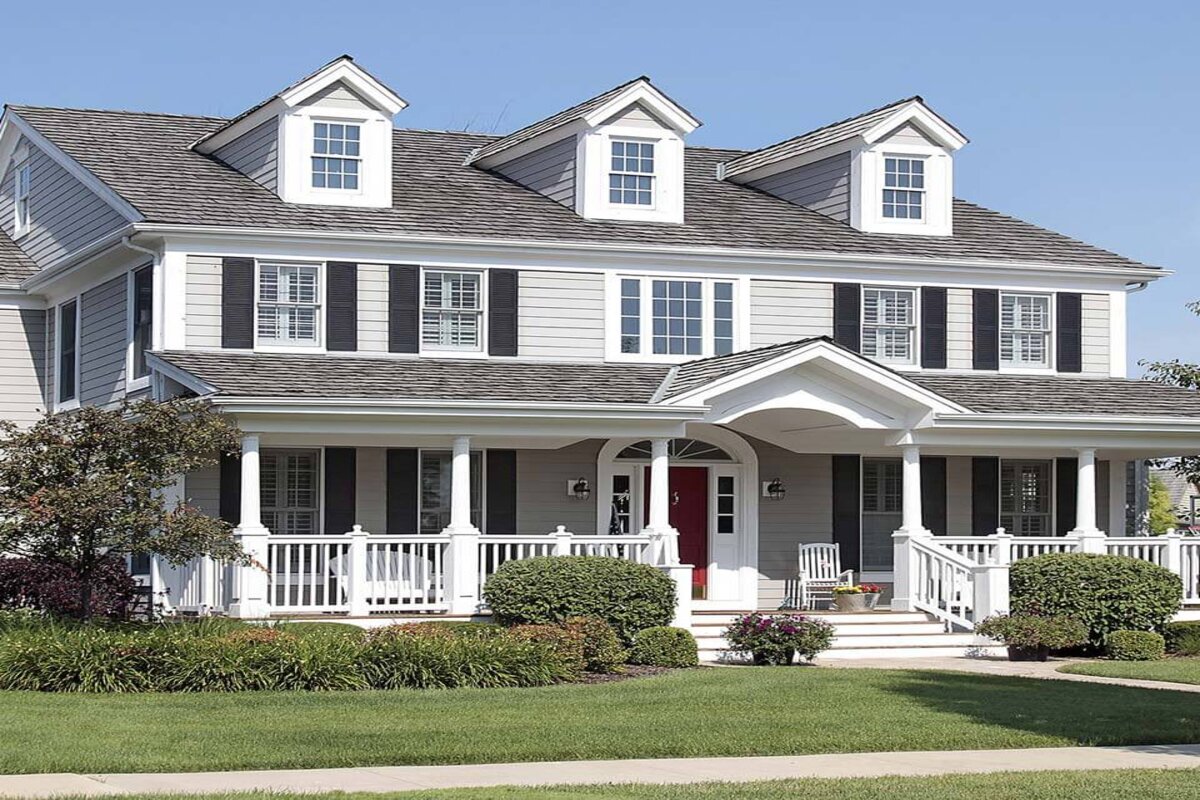In the realm of exterior remodeling, James Hardie siding stands out for its durability, aesthetic appeal, and ability to transform homes. However, the key to unlocking its full potential lies in flawless installation. As a leader in exterior remodeling, our focus is to guide you through identifying and solving common installation issues with James Hardie siding, ensuring a seamless, customer-centric experience that aligns with our commitment to exceptional design and trustworthy installation.
The Basics of James Hardie Siding Installation
Before exploring potential issues, it’s essential to grasp the basics of installing James Hardie siding. This process includes precise measurements, proper tool usage, and adherence to specific guidelines that ensure the siding not only looks fantastic but also functions optimally. Knowledge of these fundamentals is crucial for both homeowners and installers to avoid common pitfalls.
Common Installation Issues and Their Solutions
Gaps and Incorrect Alignment
One of the frequent issues encountered during the installation of James Hardie siding is improper alignment and gaps. These can lead to aesthetic shortcomings and potential vulnerability to weather elements. The solution lies in meticulous measurement and cutting, ensuring each piece aligns perfectly with its neighbor. This precision not only enhances the visual appeal but also fortifies the siding’s protective capabilities.
Improper Nailing Techniques
Improper nailing can compromise the siding’s durability. Overdriven, underdriven, or improperly spaced nails can affect the siding’s hold and its ability to withstand environmental stresses. The key is using the right tools and techniques, ensuring nails are driven at the correct depth and spacing. This attention to detail during installation prevents future issues related to siding stability.
Incorrect Flashing Installation
Incorrectly installed flashing is a common issue that can lead to moisture problems. Proper flashing installation around windows, doors, and corners is crucial to prevent water infiltration. This involves ensuring overlapping sequences and sealant application are done correctly, safeguarding the home against water damage.
Advanced Installation Challenges
Complex Architectural Features
Homes with unique architectural features pose additional challenges in James Hardie siding installation. These complexities require a deep understanding of the product and an innovative approach to installation. Tailoring techniques to fit intricate designs ensures that the siding complements and enhances these unique features.
Environmental Considerations
Different environmental conditions demand specific installation approaches. For instance, in areas with high humidity or extreme temperatures, special considerations in installation and material selection are vital. Being aware of these environmental factors and adjusting the installation process accordingly is key to ensuring the siding’s long-term performance.
Long-Term Maintenance and Care
The journey doesn’t end with installation. Regular maintenance is vital to preserve the siding’s condition and functionality. This includes routine inspections, cleaning, and timely repairs of any minor issues. A proactive approach to maintenance keeps your siding looking pristine and performing at its best.
Conclusion
By addressing installation issues with expertise and a customer-centric approach, we ensure your home benefits from siding that’s not only aesthetically pleasing but also enduring and functional. For homeowners seeking excellence in their home’s exterior, our team is dedicated to providing a personal, engaging journey from installation to long-term care. Reach out to us for advice, assistance, or to embark on your transformative home exterior journey.

